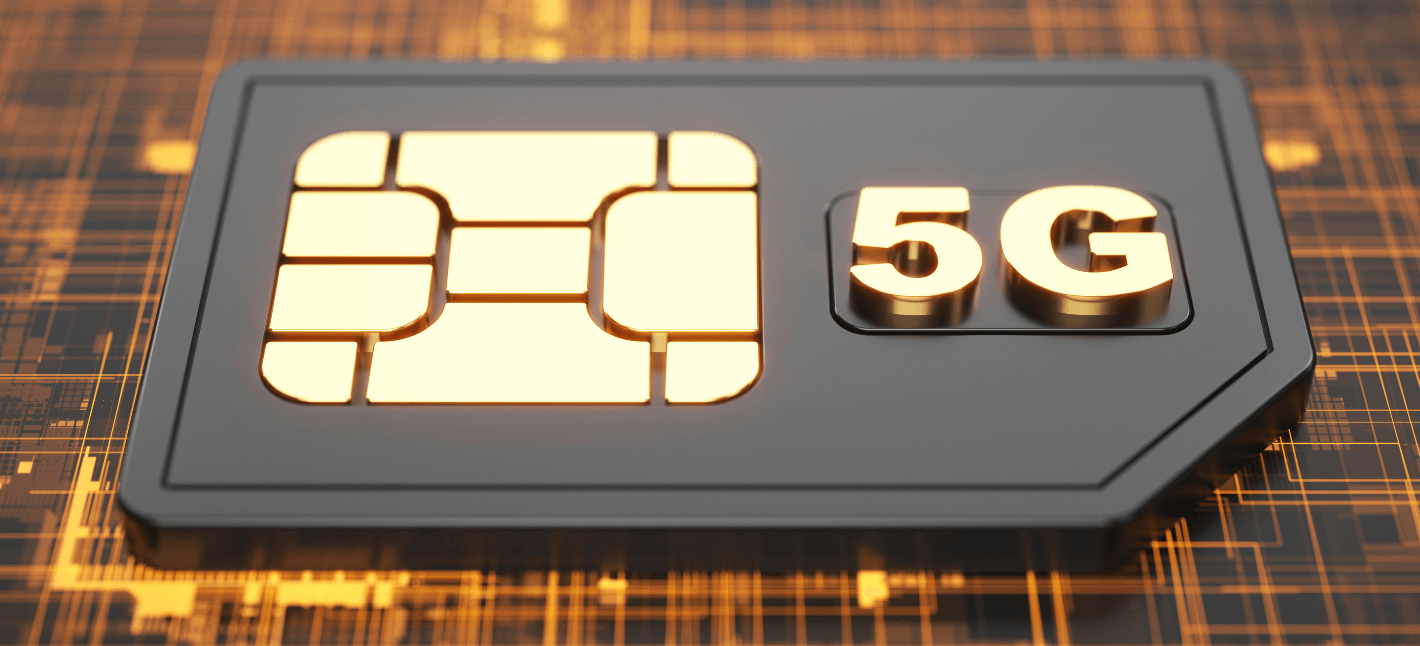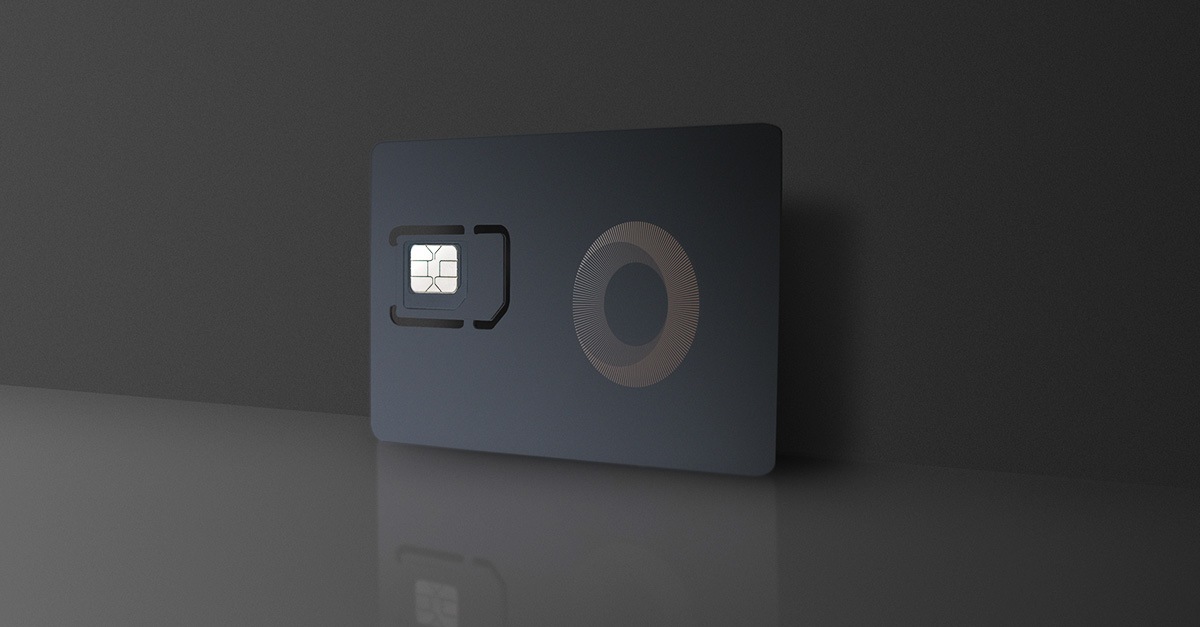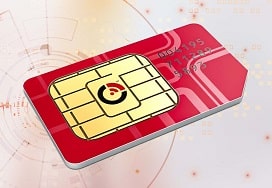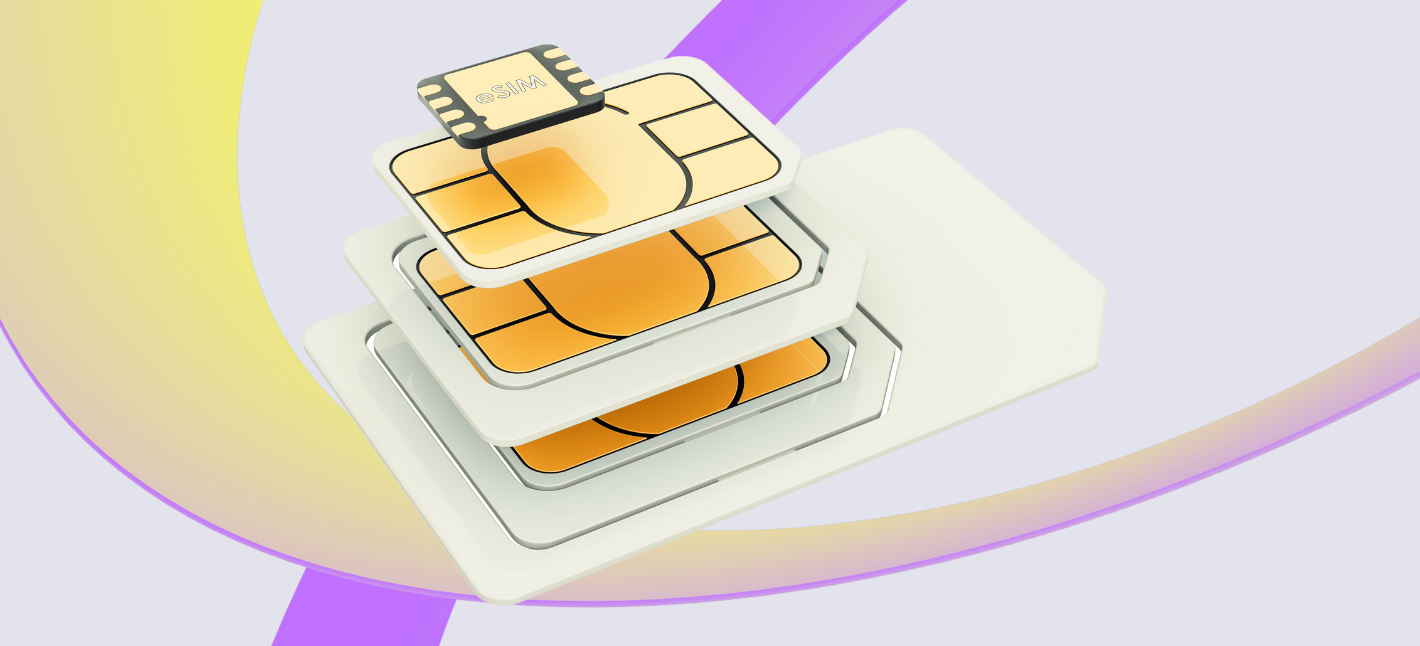Sim Card Iot Devices Multi-Network M2M SIM global Internet Things
The panorama of the Internet of Things (IoT) is marked by a mess of connectivity standards and protocols designed to facilitate communication between gadgets, applications, and services - Iot Data Sim Card. Each standard addresses specific needs and eventualities, making it important to match these protocols based mostly on factors like scalability, vary, power consumption, and application suitability.

IoT connectivity standards embody a big selection of technologies, including Bluetooth, Zigbee, MQTT, CoAP, LoRaWAN, and cellular protocols corresponding to LTE and 5G. Understanding the strengths and weaknesses of those standards can guide companies and builders in choosing the right resolution for his or her applications, in the end impacting the effectivity and effectiveness of their IoT ecosystems.
Bluetooth is a extensively adopted standard known for its short-range connectivity. Bluetooth Low Energy (BLE) presents lower power consumption, making it appropriate for battery-operated units. This protocol is particularly efficient for shopper IoT applications, similar to fitness trackers and smart house gadgets. However, its restricted range could be a important disadvantage for applications that require long-distance communication.
Iot Board With Sim Card IoT SIM vs Normal SIM
Zigbee, another popular IoT protocol, is well-suited for mesh networking. This permits units to communicate over higher distances by relaying data between nodes. It operates on low energy and is usually used in smart lighting and residential automation methods. Zigbee's strength lies in its capacity to help a massive quantity of devices inside a network, making it perfect for smart building applications.
On the opposite hand, MQTT (Message Queuing Telemetry Transport) is a lightweight messaging protocol designed particularly for low-bandwidth and high-latency networks. It excels in situations the place real-time communication is crucial, such as in distant sensor networks or machine-to-machine (M2M) communication. MQTT is designed for efficient message supply, making it a top choice for IoT functions that require immediate information transmission.
M2m Iot Sim Card IoT SIM Card API global connectivity

CoAP (Constrained Application Protocol) is one other messaging protocol tailored for constrained gadgets on lossy networks. It is usually used in functions with strict requirements regarding energy usage and knowledge overhead. CoAP operates over UDP, which enables low-latency communication, making it perfect for real-time data switch in smart metropolis purposes and industrial automation.
LoRaWAN (Long Range Wide Area Network) serves a unique function, focusing on low-power, long-range communication. Prepaid Iot Sim Card. It is especially effective for IoT purposes that must cover giant geographic areas, corresponding to agricultural sensors or city-wide monitoring systems. LoRaWAN networks can support hundreds of gadgets, providing scalability that many other protocols might lack.
Cellular networks, notably LTE and 5G, present a strong connectivity choice for IoT units requiring high bandwidth and low latency. 5G is designed for massive IoT implementations with low latency, enabling real-time communication for applications such as autonomous autos and smart healthcare. However, the price of cellular connectivity may be prohibitive for smaller initiatives, making it important to gauge the price range alongside technical requirements.
Iot Sim Card IoT SIM Plans and Pricing

Security is one other important consideration within the comparability of IoT connectivity standards. Each protocol has its personal strategy to knowledge encryption and system authentication. MQTT, for example, can benefit from SSL/TLS encryption, while CoAP offers Datagram Transport Layer Security (DTLS). Ensuring sturdy safety measures is important, significantly in situations involving sensitive data, such as health monitoring.
Interoperability is a significant challenge within the IoT area, as myriad units and platforms typically utilize different protocols. Ensuring compatibility between various techniques can complicate implementation. Some standards, corresponding to Zigbee and MQTT, present bridges or gateways that facilitate interoperability with other protocols, enabling more seamless integration inside an IoT ecosystem.
Latency and bandwidth necessities differ greatly among completely different functions. Low-bandwidth, high-latency purposes like smart agriculture may discover success with LoRaWAN, whereas real-time purposes such as video surveillance could necessitate high-speed connectivity supplied by 5G. The selection of connectivity protocol should align with the particular necessities of the application in query to foster optimum performance.
Iot Board With Sim Card Reliable IoT SIM Cards Global Connectivity
Environmental elements also play a role in figuring out probably the most suitable connectivity standard. Urban environments could current challenges for protocols like LoRaWAN as a end result of obstruction and interference, while BLE could wrestle with distance in large-area deployments. Understanding the physical environment in which the gadgets will operate is critical for guaranteeing reliable connectivity.
Deployment scenarios, whether or not they involve city, rural, or industrial settings, significantly influence the selection of connectivity standards. Industrial environments typically necessitate protocols that may deal with high-bandwidth data streams, whereas smart home functions may prioritize low-power options. Different settings will dictate the parameters of the IoT deployment, necessitating a tailored approach.
In conclusion, the comparison of IoT connectivity standards and protocols reveals a diverse array of choices, every with its distinct advantages cheap iot sim card and trade-offs. Understanding the particular needs of an application, together with distance, power consumption, and information transmission requirements, is important in selecting essentially the most appropriate standard. The developments in the evolving panorama highlight the importance of seamless communication, robust safety, and interoperability to create cohesive and efficient IoT ecosystems. As know-how continues to advance, the necessity for adaptable and scalable solutions turns into even more pronounced, guiding future developments in IoT connectivity.
- Various IoT connectivity standards, similar to Zigbee, Z-Wave, and LoRaWAN, cater to completely different software wants, with Zigbee focusing on short-range low-power communication and LoRaWAN emphasizing long-range capabilities.
Iot Sim Card North America Marketplace
- Bluetooth Low Energy (BLE) is optimal for functions requiring quick gadget pairing and minimal power consumption, making it appropriate for wearables and short-range smart home units.
- Cellular IoT standards like NB-IoT and LTE-M are tailored for units demanding wider coverage with network reliability, perfect for agricultural and transportation sectors.
- MQTT and CoAP are prominent software layer protocols for IoT, the place MQTT excels in lightweight message transport whereas CoAP is designed for constrained environments with decrease overhead.
- Security remains a vital differentiator among protocols; for example, Zigbee employs AES encryption, whereas standards like LoRaWAN use end-to-end encryption to protect knowledge integrity.
Sim Card For Iot Devices The best IoT SIM Cards
- Some connectivity standards prioritize scalability; as an example, Thread supports mesh networking, permitting multiple units to speak without a central hub, enhancing community resiliency.
- The power consumption profiles of protocols can differ: LoRaWAN is extremely energy-efficient for low-frequency updates, while protocols like Wi-Fi require extra substantial energy, making them less suitable for battery-operated gadgets.
- Different protocols may offer various degrees of interoperability; standards like AllSeen Alliance aim to create a unified ecosystem, while others may require specific gateways or bridges for cross-standard communication.
Best Iot Sim Card IoT SIM network-independent IoT SIM
- The alternative of protocol often depends on environmental considerations, with standards like Zigbee performing properly in indoor settings as a result of its strong anti-interference capabilities in comparability with others like LoRaWAN, which is better fitted to rural functions.
What are the main IoT connectivity standards?
The main IoT connectivity standards embody MQTT, CoAP, HTTP, LoRaWAN, Zigbee, and NB-IoT. Each standard serves specific use instances, with various levels of efficiency, power consumption, and vary, catering to various IoT applications.
Iot Sim copyright IoT SIM card Knowledge Base
How do I choose the proper protocol for my IoT application?
Selecting the appropriate IoT protocol is dependent upon components like data quantity, energy consumption, latency requirements, and network topology. Analyzing these elements alongside the particular operational environment will guide you towards the greatest option.
What are the variations between LPWAN and conventional wireless protocols?
Iot M2m Sim Card IoT SIM Card Connectivity
LPWAN (Low Power Wide Area Network) protocols, like LoRaWAN and NB-IoT, concentrate on long-range communication with low power consumption, making them perfect for battery-operated devices. In contrast, conventional wi-fi protocols like Wi-Fi and cellular offer higher bandwidth and quicker connectivity, however they devour more energy and have shorter ranges.
Is security a big concern in IoT connectivity standards?
Yes, safety is paramount in IoT connectivity. Protocols like MQTT and CoAP incorporate security features like authentication and encryption. It's essential to know these options when deciding on a protocol to ensure data safety and device integrity.
Prepaid Iot Sim Card IoT SIM cards
Can multiple protocols be utilized in a single IoT deployment?
Absolutely. Many IoT deployments utilize a mixture of protocols to optimize efficiency and protection. For example, you might use LPWAN for long-range sensor knowledge and Wi-Fi for native, high-bandwidth communication.

What are the benefits of using MQTT over CoAP?
Iot Sim Card Uk Why not use consumer SIMs IoT projects
MQTT is designed for high-throughput messaging and low bandwidth, making it suitable for environments with frequent updates. CoAP, on the opposite hand, is optimized for constrained devices and networks, making them a better match for sure applications. Choosing between them is decided by particular application requirements.
How does community structure influence IoT protocol choice?
Network architecture impacts protocol choice by dictating elements like vary, scalability, and connectivity. A centralized structure may benefit from protocols like HTTP, while a decentralized structure could lean towards MQTT or CoAP for efficient message routing.
Are there future developments in IoT connectivity standards?
Iot Gsm Sim Card Unlimited IoT SIM Card 12 Month Prepaid Service
Yes, future developments include his comment is here increased adoption of 5G know-how, enhanced safety measures, and interoperability between existing and new protocols. Emerging standards like Matter aim to unify IoT units, making integration and communication extra seamless throughout platforms.